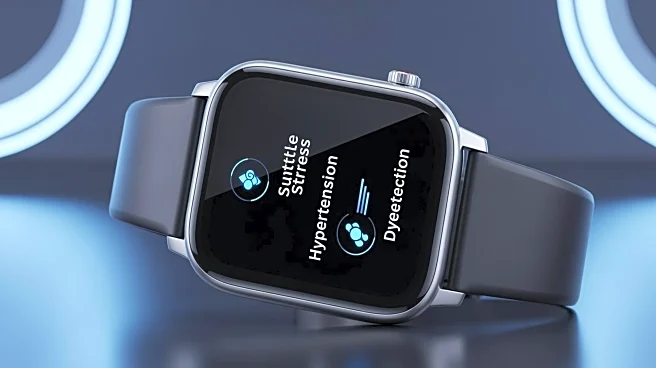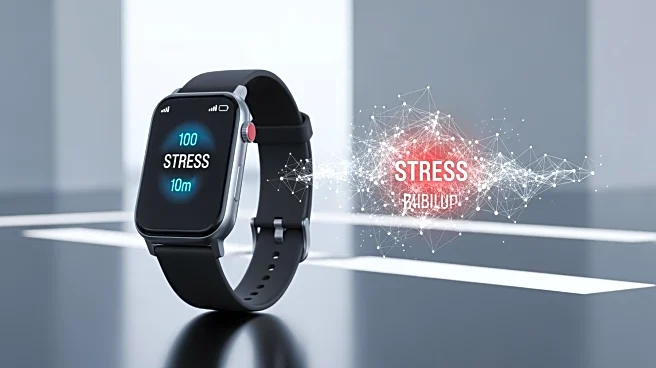What's Happening?
Antoine Pivron, Vice President of Health Solutions at Withings, discusses the evolving landscape of virtual weight management programs in the U.S. healthcare system. As obesity remains a significant health challenge,
these programs are increasingly focusing on accountability and measurable outcomes. Virtual care models are being integrated with connected health devices such as smart scales, wearable activity monitors, and cardiovascular monitoring tools. These devices aim to engage patients actively, turning subjective health experiences into objective metrics. This approach is designed to improve patient engagement and provide real-time data for personalized care and adaptive coaching. The integration of these devices is seen as crucial for demonstrating the clinical and financial value of obesity treatment programs.
Why It's Important?
The shift towards device-enabled virtual weight management programs is significant for several reasons. Firstly, it addresses the obesity epidemic, which is linked to costly cardiovascular conditions like stroke, hypertension, and diabetes, costing the U.S. healthcare system over $400 billion annually. By providing tools that fit into patients' lifestyles, these programs aim to improve health outcomes and reduce healthcare costs. Additionally, the integration of devices allows for the tracking of progress and adjustment of interventions in real-time, supporting value-based care models. This approach aligns with the increasing demand from payers and employers for solutions that demonstrate tangible health improvements and cost-effectiveness, potentially leading to more sustainable healthcare practices.
What's Next?
The future of virtual weight management programs will likely involve further integration of connected devices to enhance patient engagement and accountability. As these programs mature, they are expected to set new standards in obesity care, focusing on continuous feedback and outcome accountability. Stakeholders, including payers and healthcare providers, may increasingly adopt shared-risk models, where reimbursement is tied to demonstrated health outcomes. This could lead to more widespread adoption of device-enabled care, driving innovation in obesity treatment and potentially improving the overall health of the U.S. population.
Beyond the Headlines
The integration of connected devices in virtual weight management programs not only represents a clinical innovation but also a business imperative. By providing immediate visibility into patient-level changes and population-level trends, these programs can support robust reporting to payers, providers, and employers. This visibility is crucial for aligning health plans and vendors around real-world results, ensuring that innovation delivers on its promise. Additionally, the use of devices helps overcome traditional healthcare barriers such as scheduling and stigma, making obesity treatment more accessible and effective.











